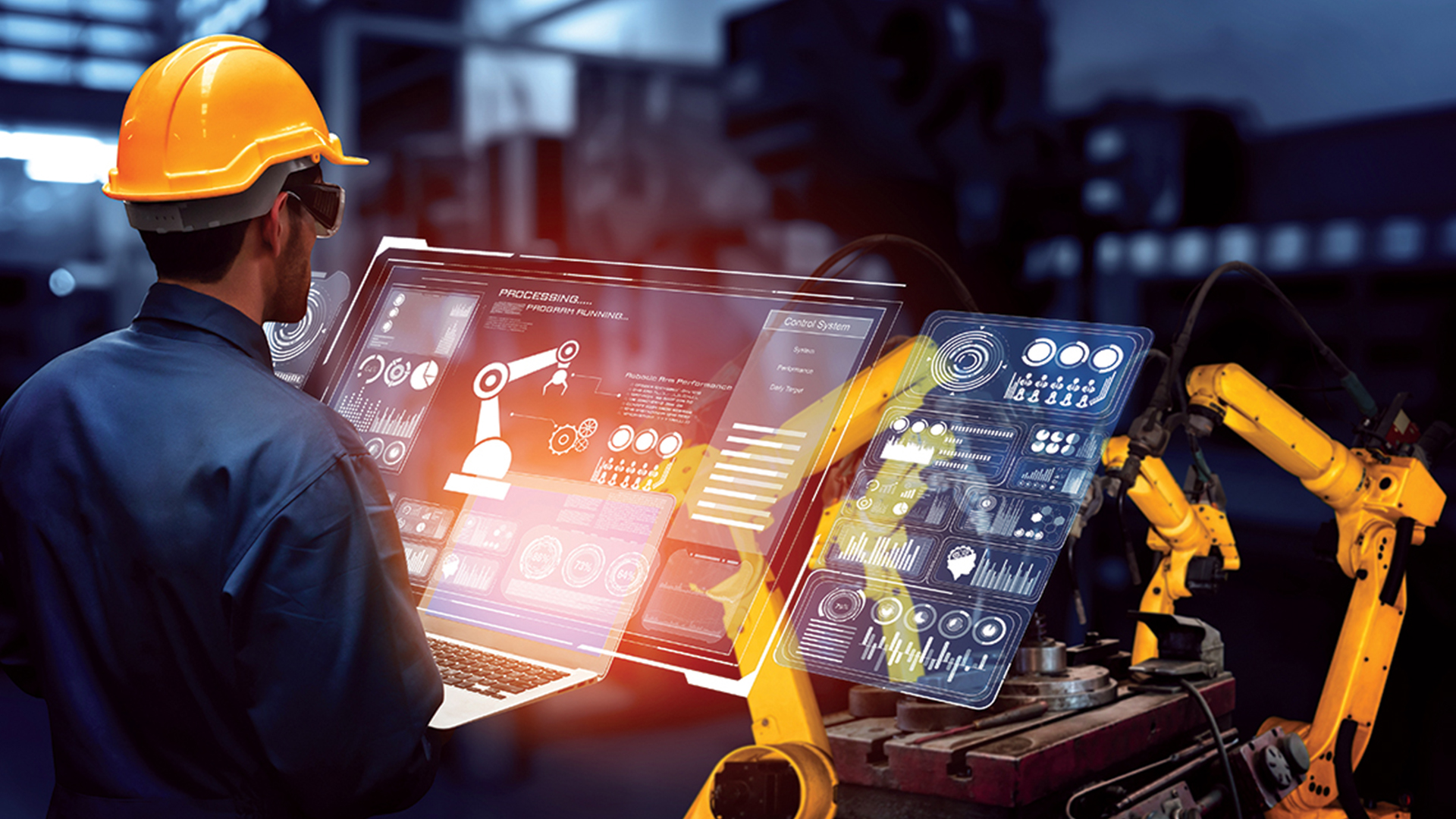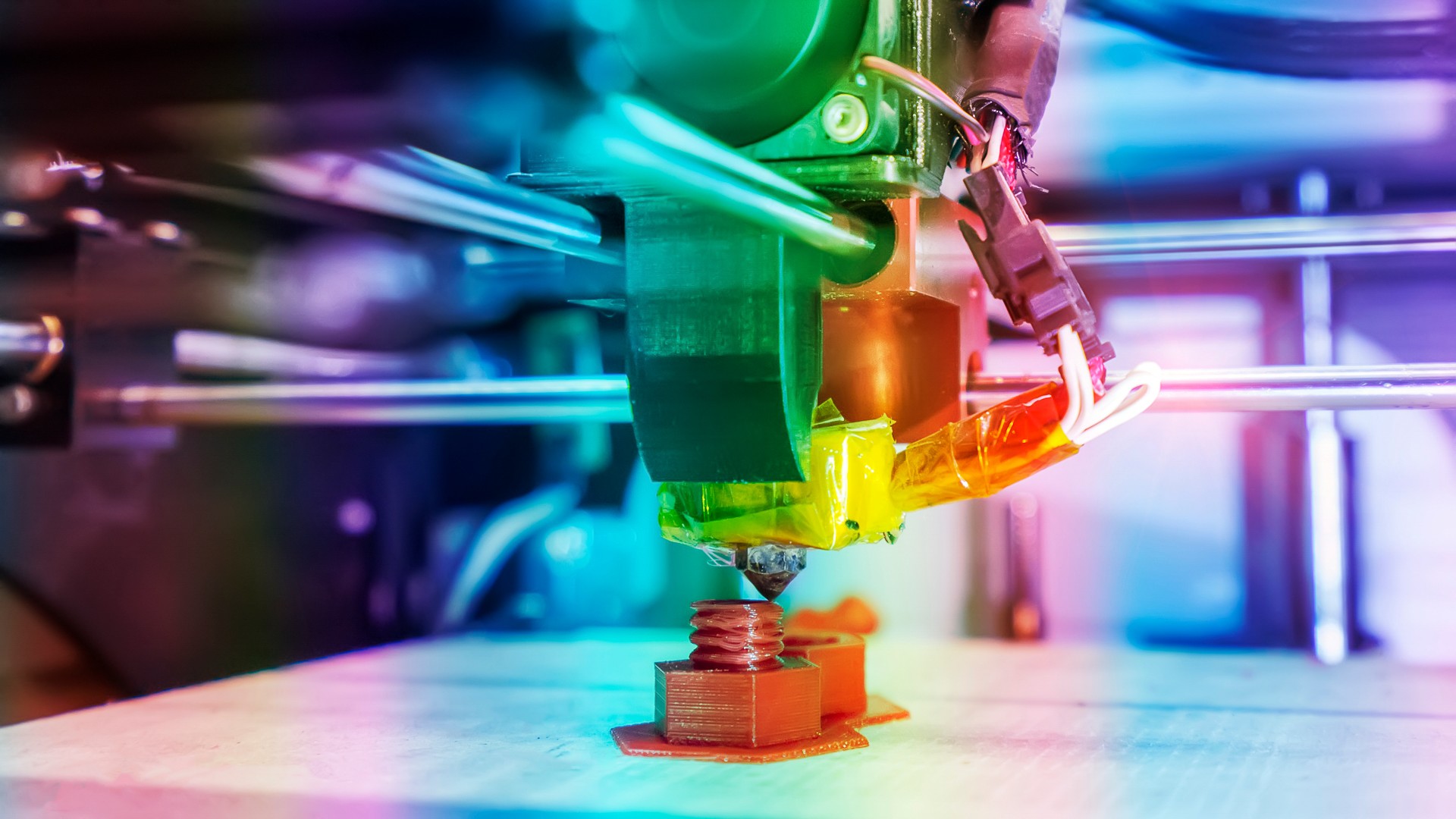
At its core, a manufacturing business is an entity that converts raw materials into finished goods through a series of processes. This encompasses a wide spectrum of activities, from the initial design and development of a product to its final assembly, packaging, and distribution.
Key Characteristics of Manufacturing Businesses:
- Focus on Production: The primary objective of a manufacturing business is to produce goods efficiently and cost-effectively. This involves optimizing production processes, managing inventory, and ensuring consistent quality.
- Capital-Intensive: Manufacturing often requires significant capital investment in machinery, equipment, and facilities.
- Emphasis on Technology: Advancements in technology play a critical role in modern manufacturing, with automation, robotics, and artificial intelligence increasingly being integrated into production processes.
- Supply Chain Management: Effective supply chain management is crucial, ensuring the timely and cost-effective procurement of raw materials and the smooth flow of goods through the production and distribution channels.
- Focus on Innovation: Successful manufacturing businesses continuously strive for innovation, developing new products, improving existing processes, and adapting to changing market demands.
Types of Manufacturing Businesses:
- Discrete Manufacturing: Focuses on producing individual, distinct items, such as automobiles, electronics, and appliances.
- Process Manufacturing: Involves continuous production of materials, such as chemicals, food, and beverages.
- Custom Manufacturing: Produces goods according to specific customer requirements and specifications.
- Mass Production: Utilizes assembly lines and automated systems to produce large quantities of identical products efficiently.
Challenges and Opportunities in the Manufacturing Sector:
- Global Competition: Intense competition from manufacturers in other countries, often with lower labor costs.
- Technological Disruption: The rapid pace of technological change necessitates continuous adaptation and investment in new technologies.
- Supply Chain Disruptions: Global supply chain disruptions, such as those caused by natural disasters or geopolitical events, can significantly impact production and profitability.
- Environmental Sustainability: Increasing pressure to adopt sustainable manufacturing practices, reduce environmental impact, and minimize waste.
- Skilled Labor Shortages: A shortage of skilled workers with the necessary expertise in areas such as automation, robotics, and advanced manufacturing technologies.
The Future of Manufacturing:
The future of manufacturing is characterized by increasing automation, a focus on sustainability, and the integration of advanced technologies such as artificial intelligence, the Internet of Things, and big data analytics. These advancements will drive greater efficiency, productivity, and innovation within the manufacturing sector, shaping the future of global industries.
Manufacturing businesses play a vital role in driving economic growth, creating jobs, and providing the goods that we rely on every day. By embracing innovation, adapting to changing market demands, and addressing the challenges of the 21st century, manufacturing businesses can continue to thrive and contribute to a prosperous future.






